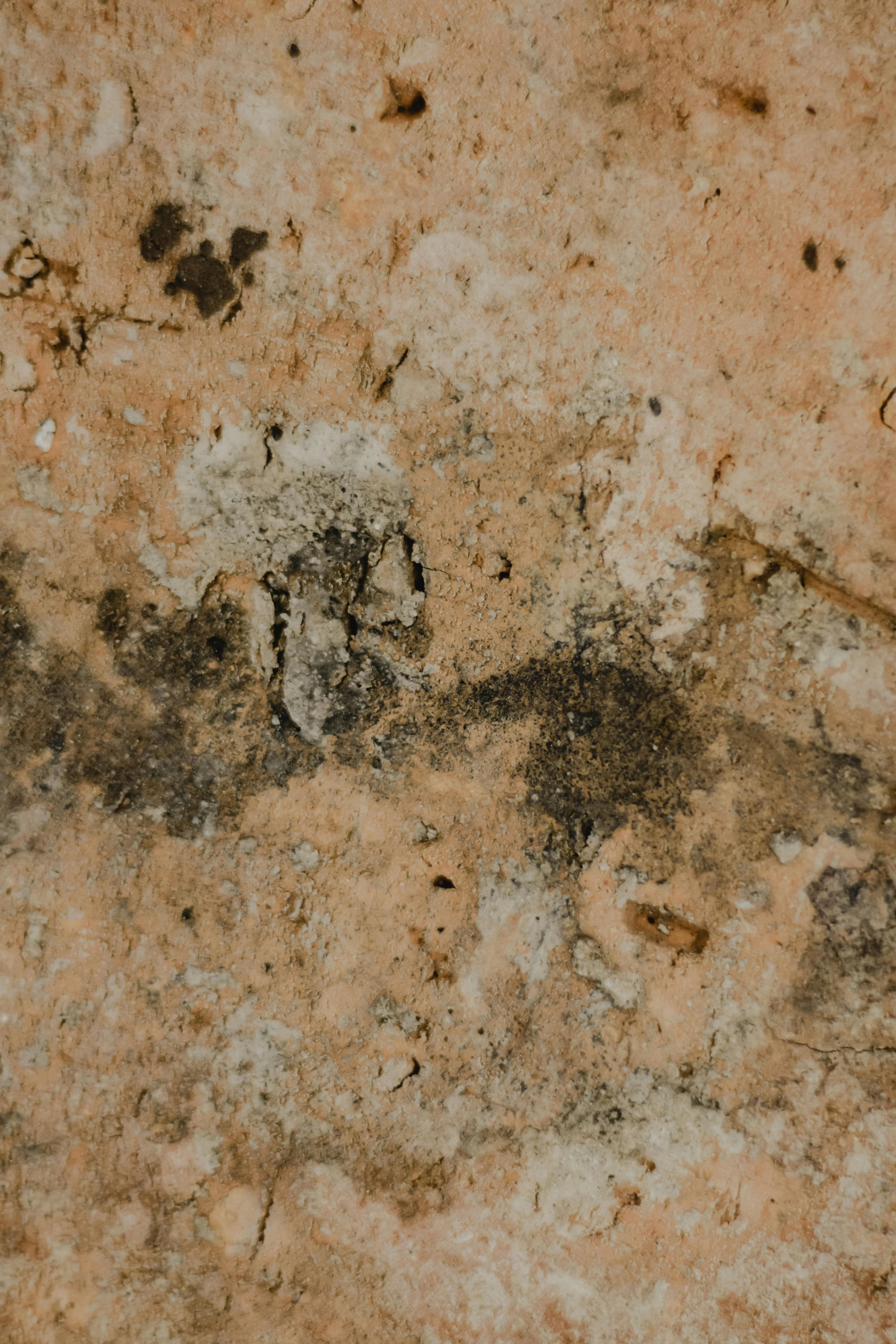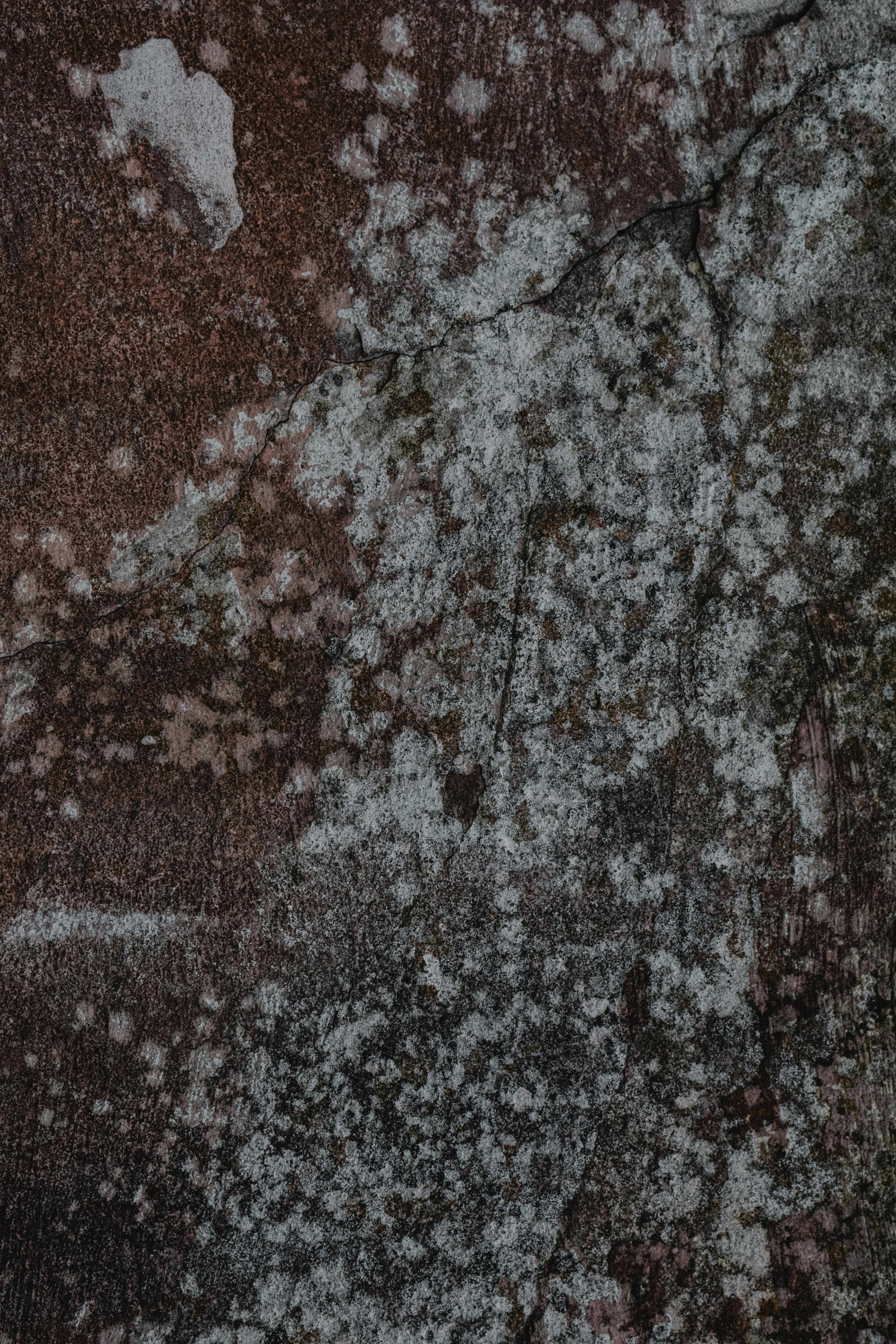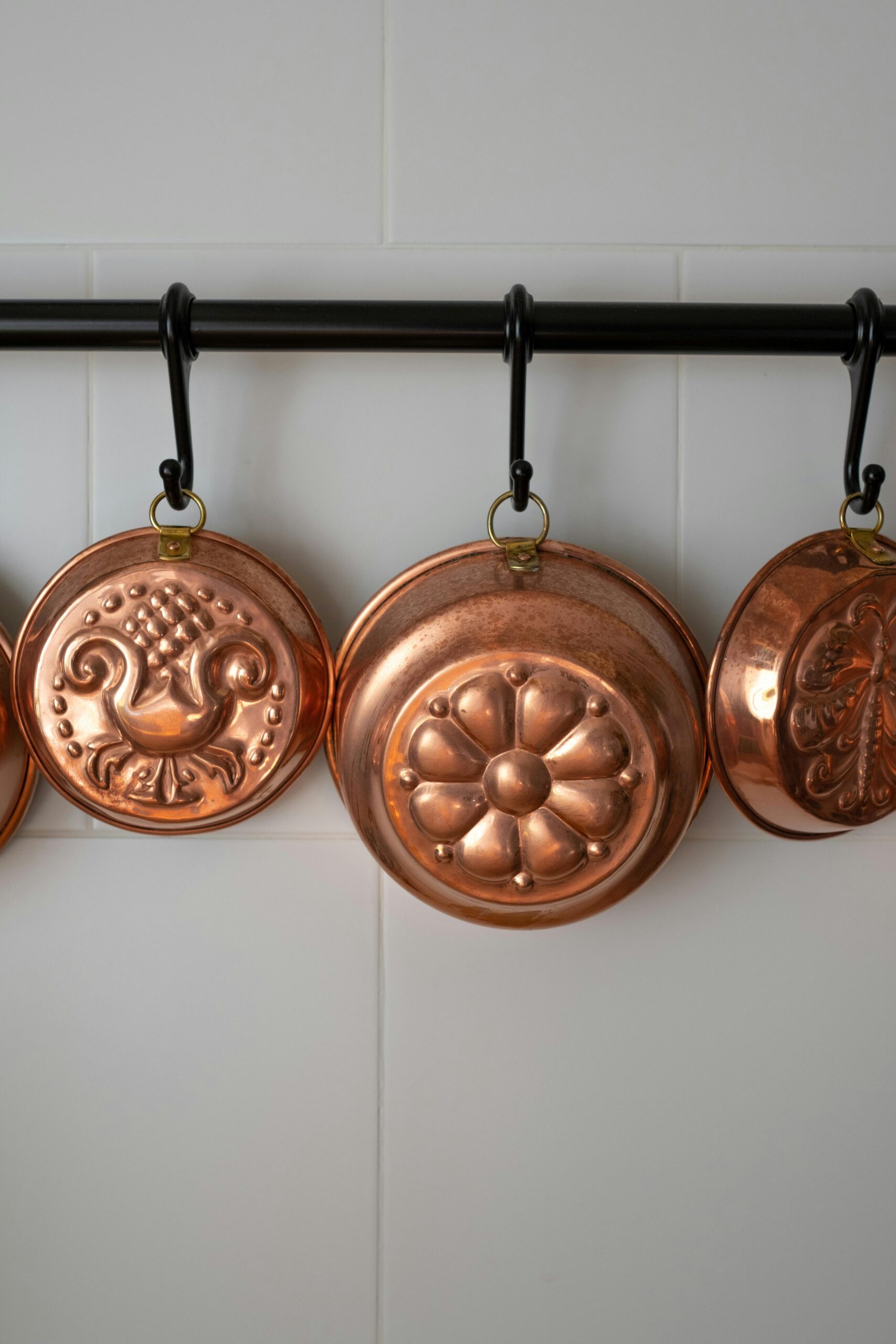Schimmel Wand – Understanding and Preventing Mold Growth in Your Home
Dealing with schimmel wand problems can be a daunting task for homeowners. Mold growth on walls can lead to severe health issues and structural damage if not addressed promptly. In this comprehensive article, we will delve into the causes, prevention methods, and remediation techniques related to mold on walls, helping you maintain a healthy living environment.
Understanding Mold Growth on Walls
Mold is a type of fungus that thrives in damp and humid environments. It can proliferate on walls, particularly in areas with poor ventilation or water intrusion. Understanding how and why schimmel wand appears is crucial for effective prevention and remediation. Mold spores are ubiquitous in our environment, but their growth is triggered by specific conditions, such as elevated humidity levels, water leaks, or condensation on cold surfaces. Once the right conditions are met, these spores multiply rapidly, leading to visible patches on your walls.
Causes of Mold on Walls
Various factors contribute to the development of mold on walls. Understanding these causes is essential for effective remediation. Common culprits include:
- Humidity: High indoor humidity levels, often caused by cooking, showering without proper ventilation, or humidity from outside, can lead to mold growth.
- Water Leaks: Leaks from roofs, plumbing, or appliances can create a constant source of moisture that encourages mold proliferation.
- Condensation: Cold surfaces, such as exterior walls, can attract condensation, providing a breeding ground for mold.
Identifying the conditions that contribute to schimmel wand is the first step toward preventing further damage.
Health Risks Associated with Mold
Exposure to mold can pose serious health risks, particularly for individuals with allergies, asthma, or weakened immune systems. Common health symptoms resulting from mold exposure include:
- Respiratory problems
- Skin irritation
- Allergic reactions
- Sinus congestion
Prolonged exposure can exacerbate these symptoms and lead to more severe health issues. Therefore, it is crucial to address schimmel wand problems promptly to safeguard your family’s health.
Preventing Mold Growth on Walls
Preventing schimmel wand growth requires proactive measures aimed at controlling moisture levels and improving indoor air quality. Here are some effective strategies:
Maintain Lower Humidity Levels
Keeping indoor humidity levels below 60% can significantly reduce the likelihood of mold growth. Utilize dehumidifiers, particularly in basements or other humid areas. Regularly use exhaust fans in bathrooms and kitchens to vent moist air outside. You can also monitor humidity levels with a hygrometer, making it easy to take action if levels rise.
Ensure Proper Ventilation
Proper air circulation is vital in preventing mold. Ensure that your home is well-ventilated, particularly in high-moisture areas. Open windows whenever possible and consider installing air vents or ducts both for air inflow and outflow.

Remediation Techniques for Mold on Walls
If you have already discovered schimmel wand in your home, take immediate action to remediate the issue before it worsens.
Identifying and Fixing the Source of Moisture
The first step in remediation is identifying the source of moisture causing mold growth. Inspect your home for leaks, condensation, or high humidity issues. Once identified, repair any plumbing issues, apply sealants to prevent leaks, and ensure proper ventilation to mitigate condensation on walls.
Safe Mold Removal Methods
To safely remove mold from walls, consider the following steps:
- Wear protective gear, including masks, gloves, and goggles.
- Use a mixture of water and detergent to scrub off visible mold. A solution of one cup of bleach to one gallon of water can also be effective for more stubborn mold.
- After cleaning, dry the area thoroughly to prevent future mold growth.
In cases of severe mold infestation, or if mold has penetrated porous materials, you may need to consult a professional mold remediation service.
Case Study: Homeowner’s Experience with Schimmel Wand
Consider the case of a homeowner who faced persistent schimmel wand issues. After suffering from respiratory issues, they discovered visible mold in their bathroom and laundry room. Upon conducting an inspection, they found significant humidity due to lack of ventilation and minor leaks in the plumbing. By installing exhaust fans and sealing leaks, they managed to maintain lower humidity levels, which ultimately led to the eradication of mold over time. This illustrates the importance of detection and early intervention in preventing health risks associated with mold growth.

Key Takeaways
To summarize:
- Mold or schimmel wand can significantly affect your health and home structure.
- Control humidity and ensure proper ventilation to prevent mold.
- Identify and fix moisture sources promptly when mold is present.
- Safe removal methods and possibly professional help may be required for remediation.
FAQ
1. How can I tell if there’s mold behind my walls?
Signs of mold behind walls can include musty odors, discoloration, or warping of wall surfaces. If you notice these signs, it’s best to conduct a thorough inspection and possibly use a moisture meter to check levels inside the walls.
2. Can I remove mold myself, or should I hire a professional?
If the mold is extensive, it’s wise to hire a professional. However, for small patches, you can safely clean it using appropriate personal protective equipment and cleaning solutions.
3. What should I do if I have a mold allergy?
If you’re allergic to mold, it’s important to minimize exposure by ensuring your home is dry and well-ventilated. Consult a healthcare provider for tailored advice and treatment options.
4. Is all mold harmful?
While not all mold is harmful, many types can produce allergens or toxins that may trigger health issues. It’s best to address any mold growth regardless of its type to ensure a healthy living space.
5. Can mold return after remediation?
Yes, mold can return if the underlying moisture issues are not addressed. Regular maintenance and monitoring are crucial to prevent mold from re-establishing in your home.
6. How often should I check for mold in my home?
It’s advisable to conduct a thorough check for mold every six months or whenever you notice increased humidity or dampness in your home. Regular monitoring can help catch mold early before it becomes a serious problem.
7. What are some long-term strategies for preventing mold in my home?
Long-term prevention strategies include installing vapor barriers in crawl spaces, regularly inspecting plumbing for leaks, using dehumidifiers in moisture-prone areas, and ensuring proper drainage around your home’s foundation.
